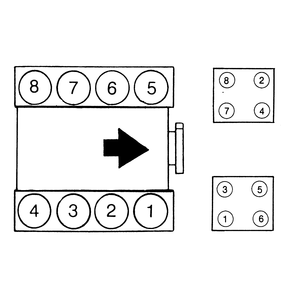EASY FIX!
So I've had the problem myself in the past and there's often a simple solution that MANY are strangely enough overlooking. If any work was recently performed on the car or if the battery went dead/was changed, then an idle relearn procedure MUST be performed. If this is not performed A Lean Bank 2 trouble code will emerge.
1. First begin by draining the PCM capacitors of any learned values via disconnecting the wire harness from the negative terminal, placing an insulating rag between it and the negative battery terminal, then applying a jumper wire to the positive lead battery terminal and the other end of the jumper wire to that of the wire harness otherwise connected to the negative battery terminal.
2. Allow about a minute or so for the draining procedure to complete, then remove the jumper wire first from the negative wiring harness and then the positive battery terminal.
3. Then replace negative/ground wire harness to the negative battery terminal to reestablish completion of the normal car electrical circuit.
4. Make sure all accessory items (head lamps/air conditioning/etc.) Are off and place your key in the ignition.
5. Turn the key to the ON position and wait for your dash indicator lamps to clear, then start the ignition on the car.
6. Allow the car to idle from a cold start until it's fully warmed up. Then allow another 5-10min for the PCM to fully calibrate and store the throttle position at idle (a total of 15-20 min altogether (10min from ignition start + 5-10min post warm up =15-20min total).
7. Once these parameters have been properly stored within the PCM drive your car normally on the road for a while that it might calibrate the full range (throttle position at various accelerations and speeds + vital gear shifting points) of key throttle points.
(*note: I'd recommend clearing the code before attempting this, though not wholly necessary.)
Wednesday, November 2nd, 2022 AT 1:38 PM
